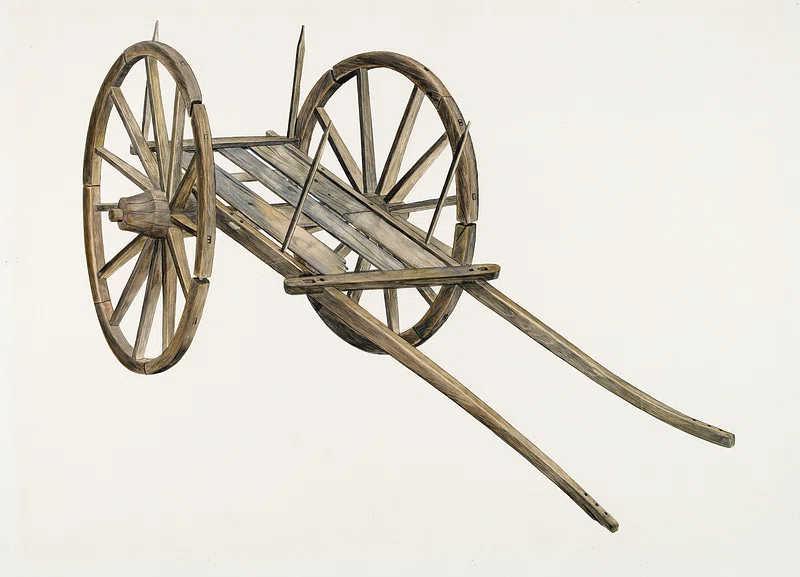
Thousands of years ago, the simple yet profound invention of the wheel set humanity on an irreversible course toward civilization. From its earliest potential use in pottery making to its ubiquitous role in transportation today, the wheel has been a constant companion in our progress. While its basic concept has remained remarkably consistent over millennia, a fascinating shift is now underway, challenging the long-held belief that this foundational design could not be improved upon.
Indeed, we are witnessing an unprecedented surge in innovation within the wheel industry, driven by dramatic advancements in materials, compounds, and novel design principles. These aren’t just minor tweaks; these are bold, often paradigm-shifting, explorations into how we can redefine one of the most critical components of mobility. The innovation is spurred by everything from the demanding terrains of extraterrestrial bodies to the pressing need for enhanced efficiency and sustainability in everyday vehicles.
Join us on an exhilarating journey as we delve into some of the most groundbreaking and visionary wheel solutions emerging today. From shape-shifting marvels inspired by ancient art forms to lightweight composite structures pushing the boundaries of performance, and even radical new propulsion systems that rethink the very act of driving, prepare to have your understanding of the wheel completely transformed. We’ll explore how these ingenious creations are addressing complex challenges, promising to make our future transportation safer, quicker, and far more convenient.
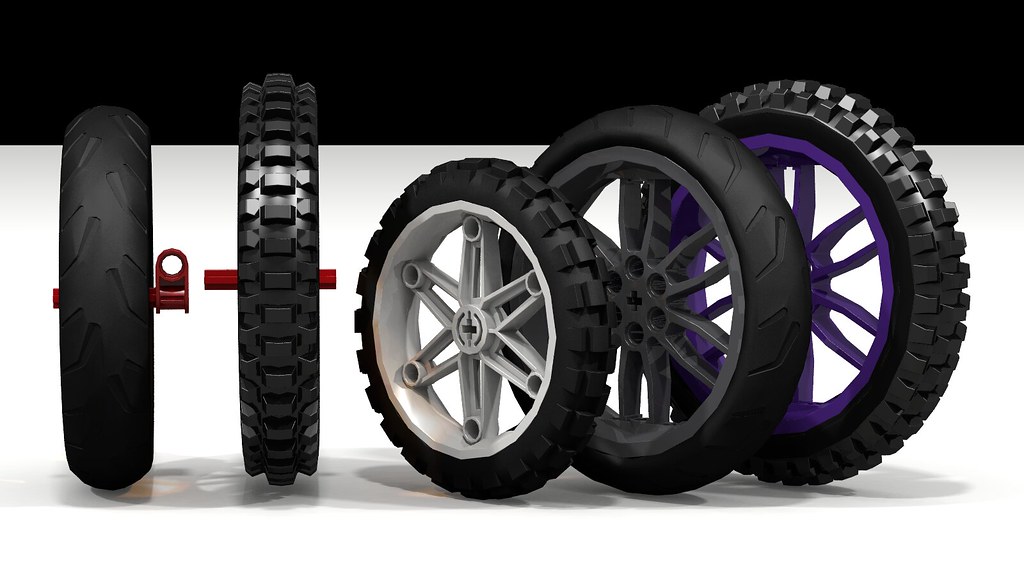
1. **The Origami-Inspired Transforming Wheel**
The concept of a truly transformative wheel, one capable of altering its physical structure on demand, might sound like something out of science fiction, yet researchers are making it a tangible reality. In a paper published in Science Robotics, a dedicated team detailed their design for an origami-inspired, shape-shifting tire. This remarkable invention has the potential to fundamentally change how vehicles interact with diverse environments, offering distinct advantages that static tire structures simply cannot match.
Dubbed the “high-load capacity origami transformable wheel,” this innovation leverages a fascinating principle from the world of origami: the waterbomb tesselation pattern. This intricate design enables the wheel to seamlessly transition between two distinct forms: a traditional tall-and-skinny shape and a more compact short-and-fat configuration. What sets this particular design apart from earlier origami wheel concepts is its remarkable ability to carry significant loads even during this transition process, overcoming a critical limitation of previous iterations.
The ingenuity of this new wheel lies in its unique design, featuring flexible membranes that, much like a bellows, can puff out between rigid constraints. Essentially, the edges of the wheel possess a degree of flex, while the faces maintain a stiffer composition. By meticulously increasing the size of these membranes, the team managed to imbue the wheel with sufficient strength to support over 2,248 pounds throughout its dynamic shape-shifting movements.
Beyond its transformative capabilities, the new membrane concept also provides essential softness and flexibility, allowing the wheel to effectively absorb distortions and shocks originating from the ground, mirroring the crucial role played by traditional rubber tires. Furthermore, the tire’s tread design is optimized to handle a variety of terrains. The skinnier, taller state, for instance, could prove exceptionally useful for navigating ground strewn with obstacles, while the shorter, fatter state would offer superior performance when traversing soft surfaces like sand.
While it’s unlikely this cutting-edge technology will appear on your everyday crossover vehicle anytime soon, its potential applications in highly specialized scenarios are truly exciting. Imagine a lunar or Mars rover equipped with the ability to instantaneously switch wheel shapes as it moves from rugged, rocky terrain onto vast expanses of soft sand. Such a capability would significantly enhance optimal performance and extend the operational lifespan of these critical extraterrestrial vehicles, elegantly circumventing the immense challenge of designing a single, static wheel shape for all conditions. The team, comprising researchers from Harvard University, Seoul National University, and Hankook Tire and Technology Co., acknowledges that the prototype isn’t commercially competitive yet but envisions its value improving through integration with typical rubber tire manufacturing processes.

2. **Henson’s SurfacePlan Direct-Push Wheel**
In the vast tapestry of human invention, the wheel stands as an unparalleled success. Yet, its fundamental success has never deterred ambitious minds from attempting to reinvent it, often with wildly imaginative results. One such visionary is Denver-based inventor David Henson, who has introduced a truly novel concept that reimagines the very mechanism of propulsion: the “SurfacePlan” wheel. This design aims to entirely replace conventional vehicle drivetrains by applying force directly to the road, challenging centuries of engineering principles in a radical new way. Henson’s perspective is refreshingly direct, asking, “Why move a piston to move a shaft to move a gear to turn a wheel, when you can apply the thrust exactly where it’s needed?”
Henson’s SurfacePlan design radically departs from conventional wheel structures by replacing traditional spokes with a multitude of piston-like linear actuators. These actuators, tipped with rubber, are envisioned to poke directly through the perimeter of the tire wall, extending behind the wheel to deliver a direct push against the road surface. Henson proposes that these units could be driven electrically, hydraulically, or pneumatically, creating an AI-controlled “poke-to-drive” system. He asserts that this innovative approach unlocks a new realm of possibilities, promising “fewer moving parts, programmable tire treads, lighter vehicles,” and potentially reducing vehicle weight by an astounding 50-75%. He anticipates improvements in traction and fundamentally new methods for controlling motion.
While the vision is undoubtedly bold, an initial glance at Henson’s concept immediately brings several engineering considerations to light. One primary concern revolves around the direction of force delivery. Unlike traditional wheels that transmit torque axially, Henson’s pushrods would deliver linear force diagonally downward. This means that while there’s certainly a forward push component, there’s also an inherent vertical lift component. Such an upward force could inadvertently reduce the tire’s contact with the ground, potentially compromising traction rather than improving it, especially during critical acceleration or braking maneuvers.
Further practicalities emerge when considering the operational environment of a vehicle wheel. The pushrods would need to extend through a rubber tire surface, an area constantly exposed to mud, water, grit, and debris. This necessitates robust and highly durable sealing mechanisms, which could prove challenging to design and maintain in such harsh conditions. The potential for failure modes also warrants attention; a bent pushrod that cannot retract would not only lead to a remarkably bumpy ride but could also significantly impair the wheel’s functionality. Moreover, the sheer power required to actuate 50-100 linear actuators in a single wheel at speed is immense. While electric actuators might suffice, their cumulative weight and power consumption would be considerable, and hydraulic or pneumatic systems would introduce their own complexities, potentially replacing an engine with a bulky compressor or pump system and a labyrinth of hoses.
Despite these developmental hurdles, Henson’s design embodies the spirit of bold innovation. It’s important to consider the existence of well-understood and highly reliable technologies, such as the electric hub motor, which also integrates the entire drivetrain within the wheel but delivers torque in a proven manner. Currently at an idea and patent stage, Henson is actively seeking to galvanize interest through a Wefunder crowd investment program, hoping to attract partners who can identify the perfect application and help transition this inspiring idea from concept to tangible reality. Its journey to traction will be a compelling story to follow.
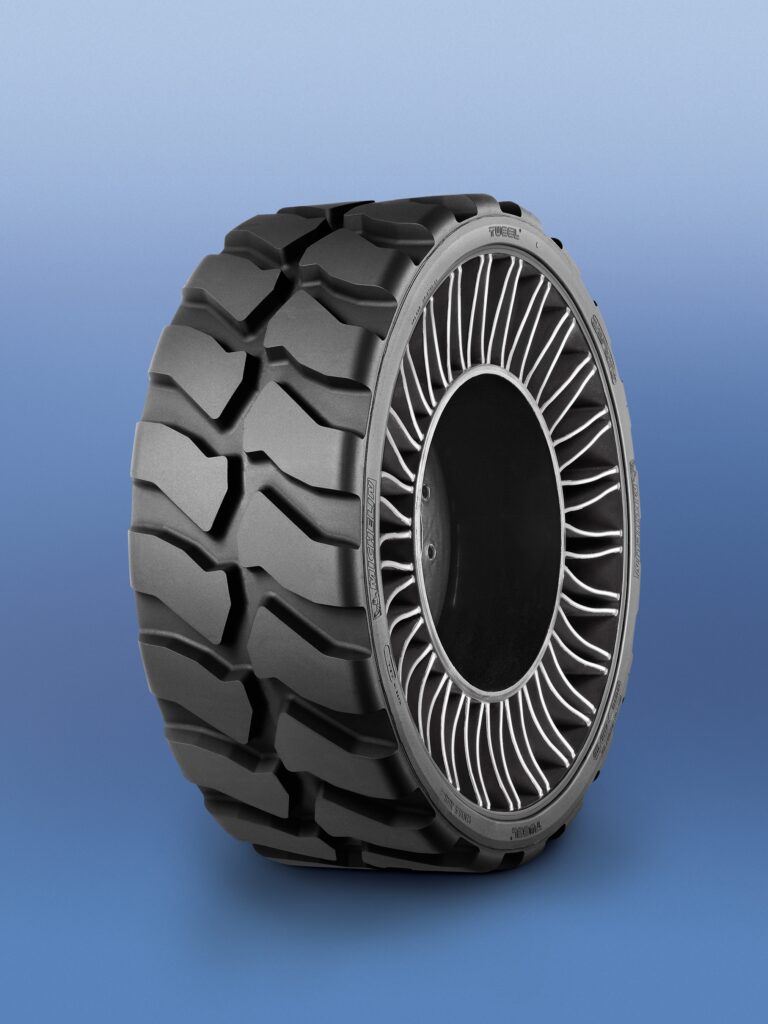
3. **Advantec Wheels: Forging the Future of Alloy**
Amidst the global automotive carbon wheels market’s projected growth to $1.5 billion by 2030, traditional alloy wheels also see significant innovation, driven by startups focused on enhancing quality, performance, and aesthetic appeal. India-based Advantec Wheels, founded in 2020, is a key player, manufacturing high-performance, aesthetically designed alloy wheels for the passenger car aftermarket. They are committed to elevating both the quality and design standards in this competitive sector.
Advantec’s manufacturing prowess stems from employing advanced methodologies such as “Flow Forging” and “Tilt Gravity Die Casting.” The “Tilt Gravity Die Casting” technique is specifically utilized to ensure the creation of consistent and superior-quality wheels, laying a robust foundation for their products. Complementing this, the “Flow Forging” process is integral to imparting extra strength and achieving flawless product finishes, delivering superior durability and performance that surpasses standard production methods.
Understanding modern consumer demands for personalization, Advantec offers “Element Painting” (EP), which plays a crucial role in providing unique, customized finishes tailored precisely to customer requirements. Furthermore, their products conform to strict BIS and ISO Standards, guaranteeing safety and quality. This commitment to certification is further bolstered by their ability to offer exquisite Mirror Cut Alloy Wheel Finishes, combining striking aesthetics with certified excellence.

4. **Kling Technology: Carbon-Composite Efficiency for Performance**
In the pursuit of optimized performance and reduced weight in automotive applications, composite materials have emerged as a game-changer. Kling Technology, a Hungarian firm founded in 2010, stands at the forefront of this evolution, focusing its innovation on mass-producible, light, carbon-composite wheels. Their specialized approach addresses the unique demands of high-performance scenarios, particularly within the competitive world of Formula Student race cars, demonstrating a commitment to pushing the boundaries of material science in wheel design.
Kling Technology’s core advancement lies in developing carbon-composite aluminum rims. This hybrid material approach is meticulously engineered to satisfy the rigorous requirements of Formula Student racing, which demands an exacting balance of strength, lightweight characteristics, durability, and reliability. By expertly combining the inherent strength and low mass of carbon composites with the proven durability and structural integrity of aluminum, Kling Technology achieves an optimal blend of performance and functionality, ensuring their wheels withstand extreme forces while contributing to overall vehicle agility and speed.
A significant milestone in Kling Technology’s trajectory occurred in 2018 when the company successfully designed and rigorously tested its first 19-inch rim. This achievement not only validated their innovative material and manufacturing processes but also demonstrated their capability to scale their technology to larger, more widely applicable sizes. This step forward solidifies Kling Technology’s position as a key innovator in the lightweight, high-performance wheel sector, paving the way for future advancements in composite wheel mass production.

5. **Carbon Revolution: The Lightweight Carbon Fiber Pioneer**
Emerging from Australia in 2007, Carbon Revolution has established itself as an advanced manufacturing startup dedicated to redefining wheel technology through the innovative use of carbon fiber. Their specialization lies in the design, manufacture, and marketing of single-piece carbon fiber wheels, a significant departure from traditional multi-component wheel assemblies. This pioneering approach leverages the unparalleled strength-to-weight ratio of carbon fiber, offering a transformative solution for vehicle performance and efficiency across a range of applications.
At the heart of Carbon Revolution’s innovation is a novel fiber architecture meticulously engineered into the rim portion of their composite wheels. As a lightweight efficiency technology, these carbon fiber wheels deliver substantial benefits, particularly for electric vehicles (EVs). By significantly reducing unsprung mass, they provide crucial range extension benefits for EVs, a key concern for consumers. Furthermore, their lightweight nature enables the realization of large-diameter aerodynamic wheel designs that would be less practical or even impossible with heavier aluminum, enhancing both performance and aesthetic possibilities.
Carbon Revolution’s leadership in this specialized field is underpinned by an impressive portfolio of intellectual property, boasting over 80 granted and pending patents across key jurisdictions globally. This strong IP protection safeguards their advanced wheel production process trade secrets, reinforcing their competitive edge. The quality and groundbreaking nature of their work have not gone unnoticed within the automotive industry. They have forged strategic partnerships with several notable car manufacturers, including luxury and performance brands such as Porsche, McLaren, and Lamborghini, providing a powerful validation of their technology and its impact on high-end vehicle performance.
Read more about: From Crude Sticks to Smart Sensors: 12 Game-Changing Baseball Equipment Innovations

6. **Carbon ThreeSixty: Modular Composites for Mass Appeal**
From the UK, Carbon ThreeSixty, established in 2017, stands as a specialist in composite materials, delivering advanced composite products primarily for the automotive sector. Wheels represent one of their major product categories, where they are keenly focused on developing commercially viable, low-cost, lightweight, and entirely composite solutions. Their vision extends beyond mere material substitution, aiming to integrate composite advantages into accessible and practical applications for a broader market. This commitment is exemplified in their ambitious ACRIM project, which aims to bring revolutionary composite wheel technology to a wider audience.
The ACRIM (All-Composite Reduced Inertia Modular) project is a collaborative endeavor, with Carbon ThreeSixty leading a consortium of partners including resin supplier Bitrez, robotic automation specialist CNC Robotics, multi-material manufacturing solution provider Far-UK, and manufacturing supplier Composites Integration. This collective expertise is harnessed to overcome the complexities of composite wheel production. A striking achievement of this project is the 13-inch ACRIM wheel, which boasts an astonishing 44% weight reduction compared to an equivalent aluminum wheel, directly translating to improved vehicle dynamics, fuel efficiency, and reduced emissions.
The manufacturing elegance of the ACRIM wheel involves a Far-UK BlackMetal™ Compression Moulded Centre—a material solution that Far-UK has been refining since 2014, often referred to as forged carbon. This central component is then expertly over-molded by a Carbon ThreeSixty barrel during a Resin Transfer Moulding (RTM) process. This integrated approach enables the creation of a cost-effective, high-performance, and truly lightweight structure. Carbon ThreeSixty has also proactively partnered with cutting-edge organizations such as the National Composites Centre, High-Value Manufacturing Catapult, the Niche Vehicle Network, and several leading universities. These collaborations are vital for developing a wide array of composite applications, from aircraft landing gear to their advanced all-composite wheels.

7. **Michelin’s Airless “Tweel”: A Glimpse into the Future Past**
Before modern shape-shifting and advanced composites, the concept of truly airless tires sparked significant innovation. Michelin’s airless “Tweel,” introduced as early as 2005, pioneered the elimination of compressed air, envisioning a future free from punctures and blowouts. It represented a bold challenge to traditional pneumatic tire design, underscoring the industry’s continuous drive for improved durability and safety long before many of today’s advanced airless concepts began to materialize.
The “Tweel” concept ingeniously replaced the conventional air-filled cavity with a sophisticated structure comprising flexible polyurethane spokes and a rigid hub. These spokes were connected to a shear band, which effectively acted as the tire’s tread. This innovative design allowed the Tweel to deform and absorb impacts much like a pneumatic tire, yet it eliminated the inherent risks and maintenance associated with air pressure loss. It offered a vision of robust, puncture-proof mobility, where the internal structure provided both cushioning and load-bearing capabilities.
Although the “Tweel” did not see widespread adoption for mainstream passenger vehicles in its initial form, its profound existence had a significant impact on the industry. It clearly demonstrated the technical viability of airless technologies and served as a powerful inspiration for subsequent research and development in this specialized domain. By showcasing a functional alternative to traditional pneumatic tires, the Tweel laid crucial groundwork. It effectively paved the way for current explorations into advanced airless designs, illustrating how foundational concepts continue to evolve.
The preceding innovations offer a compelling glimpse into how fundamental design principles are being challenged and redefined. Yet, the ingenuity of inventors extends far beyond these, pushing the very boundaries of what a wheel can be and do. As we delve deeper into tomorrow’s mobility, we encounter visionary concepts that promise unprecedented versatility, multi-directional capabilities, and seamless integration, ultimately transforming our interaction with vehicles and their environment.
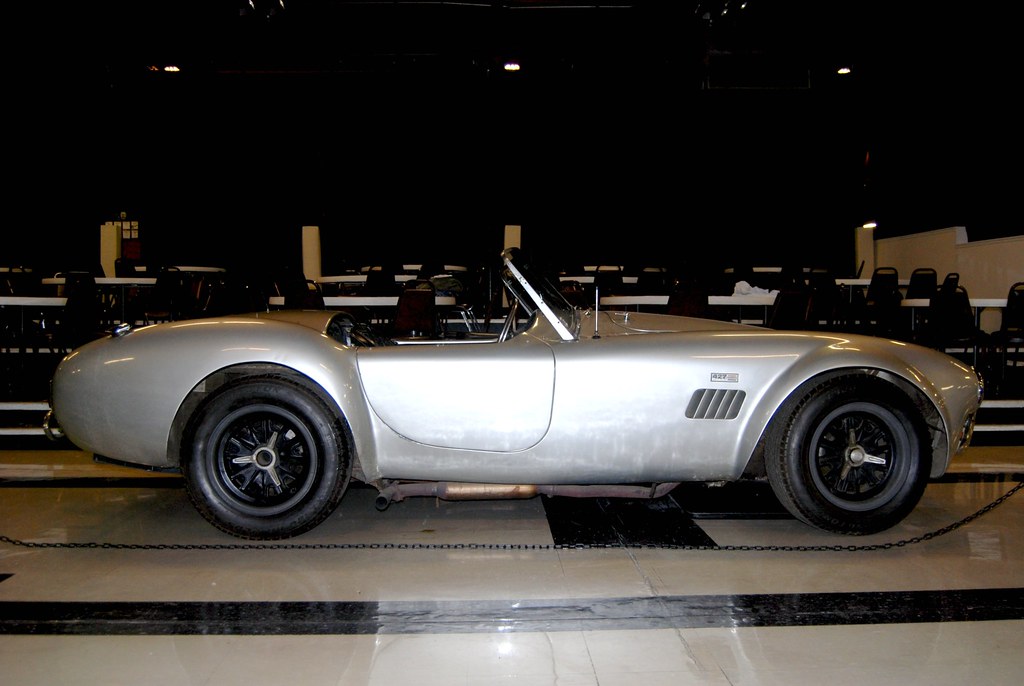
8. **Folding Wheels**
The concept of a folding wheel might initially sound counterintuitive to the very essence of a stable, rigid structure, but it represents a brilliant response to modern demands for space efficiency and portability. Imagine a world where vehicles could shrink their footprint, not just in their bodywork but in their most fundamental components. This innovation directly addresses the logistical challenges of urban congestion and multi-modal transportation, offering a flexible solution that was once considered impossible.
Such designs typically involve intricate mechanical linkages and durable, yet flexible, materials that allow the wheel to collapse into a more compact form. This isn’t just about making storage easier; it’s about enabling new vehicle architectures where wheels might only deploy when needed, or adapt their shape to navigate extremely tight spaces. The engineering challenge lies in ensuring that these mechanisms are robust enough to handle dynamic loads and maintain structural integrity across various operational states.
The applications for folding wheels are as diverse as they are exciting. Consider personal mobility devices that can be easily stowed in public transport, or emergency response vehicles that need to be airlifted into confined disaster zones. Furthermore, in the realm of advanced robotics, particularly those designed for exploration or complex industrial environments, a wheel that can alter its dimensions on demand offers unparalleled tactical advantages, adapting to obstacles rather than being constrained by them.
Read more about: Your Ultimate Guide to Savvy Negotiations: Simple Strategies for Securing the Best Price on a Rare Classic Car

9. **Wheels that Can Drive in Any Direction (Multi-directional Designs)**
For centuries, the circular wheel has dictated a vehicle’s motion along two primary axes: forward and backward, with steering dictating directional changes. However, a new class of multi-directional wheel is revolutionizing this paradigm, offering unparalleled maneuverability that allows vehicles to move laterally, diagonally, or pivot on the spot without conventional steering inputs. This represents a profound shift in how we conceive vehicle movement, moving beyond the constraints of traditional kinematics.
These visionary designs often incorporate a series of smaller, independently rotating rollers or segments around the circumference of a larger wheel. When these rollers are activated in specific patterns, they generate force vectors that enable movement in any desired direction. This ingenious arrangement allows a vehicle to execute complex translational movements, such as crabbing sideways into a parking spot or making intricate adjustments in tight industrial settings, with fluid precision previously unattainable.
The implications for this technology are transformative across numerous sectors. In logistics and warehousing, AGVs (Automated Guided Vehicles) equipped with multi-directional wheels can navigate crowded floors with greater efficiency and less risk of collision. For personal mobility, especially in increasingly dense urban landscapes, these wheels could simplify parking, enhance safety, and enable novel driving experiences. The ability to move without the limitations of steering angles unlocks a new dimension of control.
Beyond terrestrial applications, multi-directional wheels hold immense promise for extraterrestrial exploration. Imagine a lunar rover capable of precise, omnidirectional movements over challenging, uneven terrain, allowing it to bypass obstacles or position scientific instruments with pinpoint accuracy. The fusion of mechanical dexterity and intelligent control systems is creating a future where mobility is defined not by direction, but by freedom.
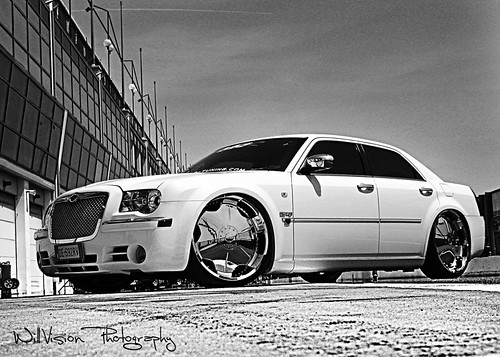
10. **Eccentric Air Suspension Wheels**
Traditional vehicle suspension systems are typically complex assemblies of springs, dampers, and linkages, often occupying significant space within the chassis. The concept of an eccentric air suspension wheel, however, seeks to integrate a sophisticated suspension mechanism directly into the wheel itself, fundamentally rethinking how ride comfort and vehicle dynamics are managed. This represents an elegant engineering solution that merges propulsion with cushioning in a single, self-contained unit.
At its core, an eccentric air suspension wheel would likely utilize internal air chambers and a dynamic, adjustable hub that can effectively change its position relative to the outer rim. The “eccentric” aspect implies that the wheel’s center of rotation might dynamically shift or that internal components are offset to create a variable damping effect. This innovative integration allows the wheel to actively respond to road irregularities, absorbing shocks and vibrations before they propagate into the vehicle’s body.
The benefits of such a system are manifold. It promises a smoother, more refined ride quality, as each wheel can independently adapt to the immediate road surface. This active adaptability could lead to significant improvements in vehicle stability, especially during cornering or over challenging terrains. Furthermore, by embedding the suspension within the wheel, designers could free up crucial chassis space, leading to more compact vehicle designs or expanded interior volumes.
Implementing eccentric air suspension wheels presents considerable engineering challenges, including robust sealing for the air chambers, precise control systems for real-time adjustments, and managing the increased complexity and weight within the wheel assembly. However, the potential for a truly integrated, intelligent suspension system that adapts on the fly to enhance both comfort and performance makes this a visionary concept worth pursuing for the next generation of smart vehicles.
Read more about: Ignored No More: Unearthing the 16 Most Underrated Foreign Classic Cars of the 1990s

11. **Cube-Shaped Helical Wheels**
In a world dominated by the ubiquitous circular wheel, the notion of a “cube-shaped helical wheel” is a startling departure, challenging deeply ingrained notions of efficient rolling motion. While perhaps conceived for highly specialized or even experimental applications, such as the mentioned use for skateboards, this invention embodies a radical spirit of design exploration. It forces us to reconsider the most fundamental aspects of locomotion, daring to question the immutable form of the wheel.
For a cube-shaped object to facilitate continuous motion, particularly with the aim of increasing speed, the “helical” element is key. This implies that the surfaces of the cube would not be flat but rather sculpted with helical treads or segments. As the cube rotates, these helical surfaces would engage the ground, theoretically providing a continuous point of contact or a unique propulsion mechanism that differs markedly from the smooth rotation of a circular wheel. This could potentially generate a gripping action that propels the device forward in an unconventional manner.
The engineering challenges for such a design are immense, particularly regarding maintaining stability, ensuring smooth transitions between faces, and mitigating the inevitable vibrations and impacts inherent in a non-circular rolling motion. While a circular wheel offers inherent smoothness and efficiency through its constant radius, a cube-shaped helical wheel would need to compensate for its geometric discontinuities through clever design and possibly active control systems. Its application on a skateboard suggests a design that might exploit these discontinuities for unique thrust or grip.
Ultimately, while the widespread adoption of cube-shaped helical wheels for mainstream transport remains highly unlikely, its significance lies in its sheer audacity. It serves as a potent reminder that innovation isn’t always about incremental improvements; sometimes, it’s about fundamentally rethinking the core components we take for granted. Such imaginative leaps, even if niche, expand the intellectual landscape of what’s possible, perhaps inspiring other, more practical breakthroughs in alternative locomotion.
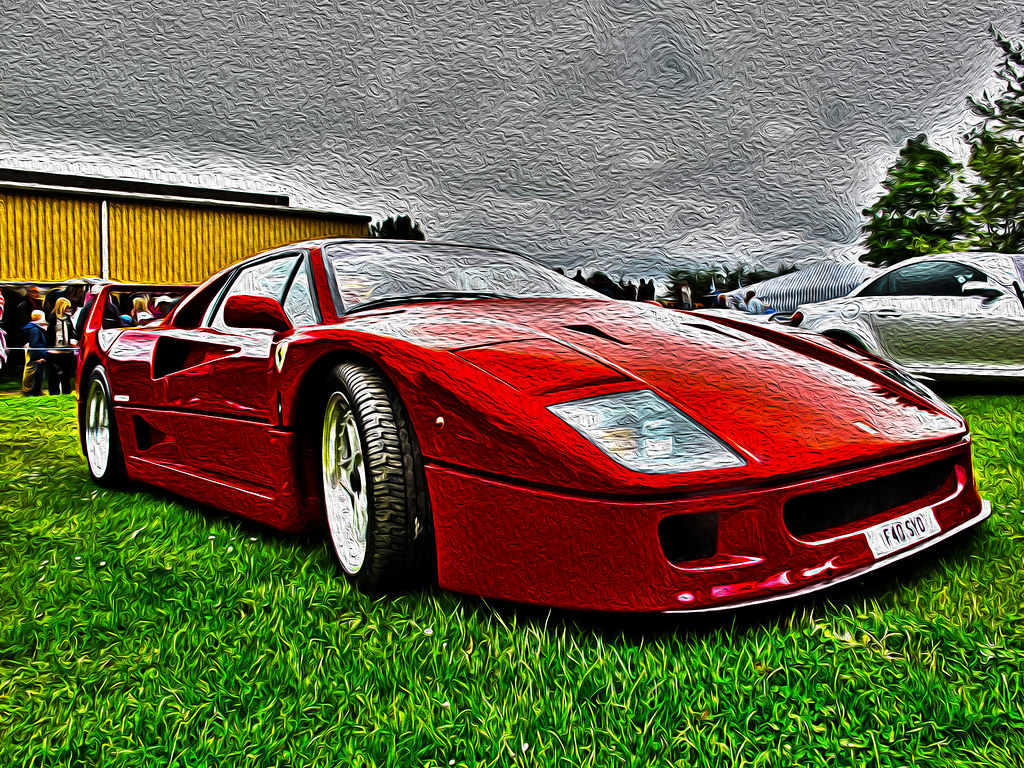
12. **Dynamic Width-Adjusting Wheels for All Terrains**
Adapting to diverse environments is a perennial challenge for any vehicle, typically requiring compromises in tire design or manual changes for specific terrains. The concept of dynamic width-adjusting wheels offers an elegant, on-the-fly solution, allowing a single set of wheels to optimize their performance across a spectrum of surfaces, from hard asphalt to soft sand or snow. This is an innovation focused on ultimate versatility and efficiency, making vehicles truly multi-terrain capable.
Such a wheel would likely incorporate telescopic spokes or a segmented rim design that can expand or contract the wheel’s width in real-time. When traversing soft ground, the wheel could widen, increasing its contact patch and distributing the vehicle’s weight over a larger area, thereby reducing ground pressure and preventing sinking. Conversely, for firm, rocky, or obstacle-strewn terrain, the wheel could narrow, enhancing maneuverability, reducing rolling resistance, and improving the ability to navigate tight passages.
The advantages extend beyond simple traction. Optimized width could also influence fuel efficiency, steering response, and overall vehicle stability. Imagine an off-road vehicle that seamlessly transitions from a wide-stance desert cruiser to a nimble, narrow rock crawler with the press of a button, all without stopping. This level of adaptability would significantly enhance the operational envelope of vehicles in demanding environments, from recreational off-roading to military and rescue operations.
The engineering hurdles involve ensuring the mechanisms are robust, lightweight, and capable of operating reliably under immense stress and harsh conditions. Precision control systems would be essential to manage these transformations smoothly and safely, adapting to speed and load. Dynamic width-adjusting wheels represent a compelling vision for future mobility, where the vehicle itself intelligently reconfigures to meet the challenges of any path it encounters, promising unprecedented flexibility and performance.
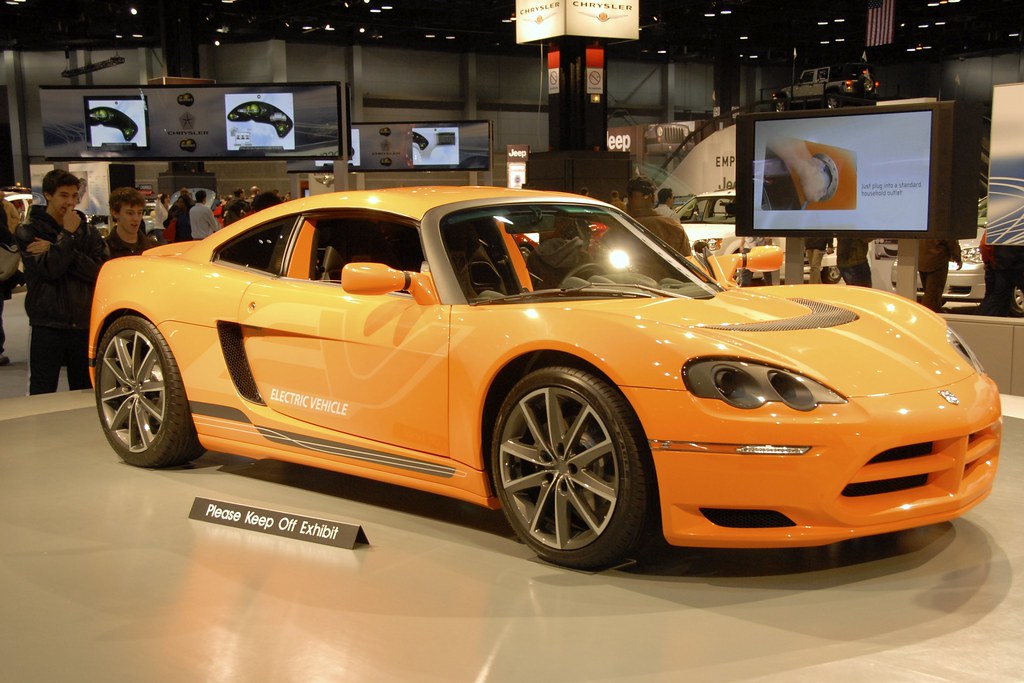
13. **Swappable All-in-One EV Wheels (Integrated EV Wheel Systems)**
The electric vehicle revolution is not just about powertrains; it’s catalyzing a complete rethinking of vehicle architecture. Among the most visionary concepts is the “swappable all-in-one EV wheel,” which embodies a fully integrated approach by housing the motor, transmission, suspension, brakes, and steering systems within a single, modular wheel unit. This transforms the wheel from a passive rolling component into an active, intelligent, and highly capable subsystem.
This profound level of integration decentralizes the traditional drivetrain and chassis components, offering a myriad of benefits. By moving all these critical functions directly into the wheel, designers can dramatically simplify the vehicle’s undercarriage, freeing up vast amounts of interior space for passengers or cargo. This modularity also simplifies manufacturing and assembly processes, potentially leading to more efficient production lines and easier vehicle maintenance.
Furthermore, the independent nature of each integrated wheel unit unlocks advanced driving dynamics. With separate motors and control systems for each wheel, electric vehicles can achieve precise torque vectoring, individual wheel steering, and advanced traction control, leading to unparalleled agility, stability, and safety. This opens the door to truly omnidirectional movement, enhanced parking capabilities, and innovative safety features that react instantaneously to road conditions.
However, the challenges associated with packing so much technology into a constrained space are considerable. Managing heat dissipation for the motor and brakes, ensuring robust power delivery and communication, and designing for extreme durability against impacts and environmental exposure are critical. The complexity of wiring and control systems also needs to be meticulously managed to prevent single points of failure in such critical components.
Despite these hurdles, the vision of swappable, all-in-one EV wheels represents a frontier in automotive engineering. It paves the way for truly modular vehicle platforms, allowing for rapid upgrades, easy customization, and potentially even automated wheel replacement at specialized service stations. This concept is not merely an improvement; it is a fundamental re-imagination of the vehicle itself, heralding an era of smarter, more adaptable, and incredibly versatile personal and industrial mobility.
As we conclude this exploration, it’s clear that the venerable wheel, far from being a perfected relic of antiquity, is experiencing a renaissance of innovation. From shape-shifting marvels designed for alien landscapes to fully integrated propulsion and suspension units for tomorrow’s electric vehicles, the relentless pursuit of efficiency, adaptability, and performance continues to redefine its form and function. These visionary concepts, whether destined for niche applications or mainstream adoption, collectively paint a vivid picture of a future where mobility is not just faster or more convenient, but fundamentally more intelligent and responsive to the intricate demands of our evolving world. The wheel is not just turning; it’s transforming, rolling us into an exciting new chapter of human ingenuity.



